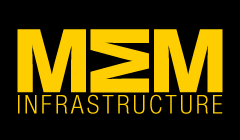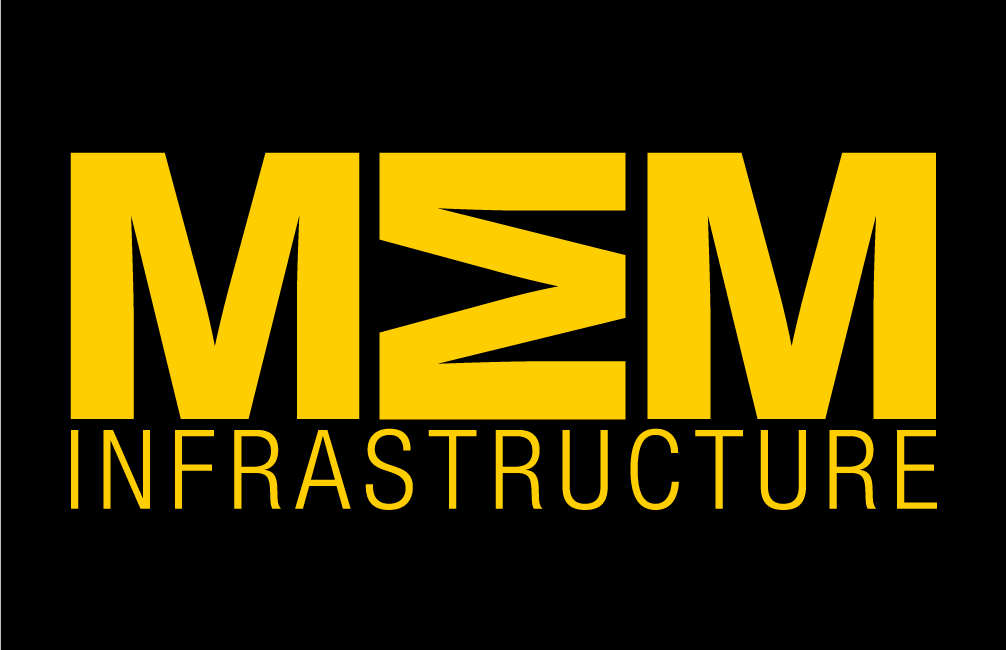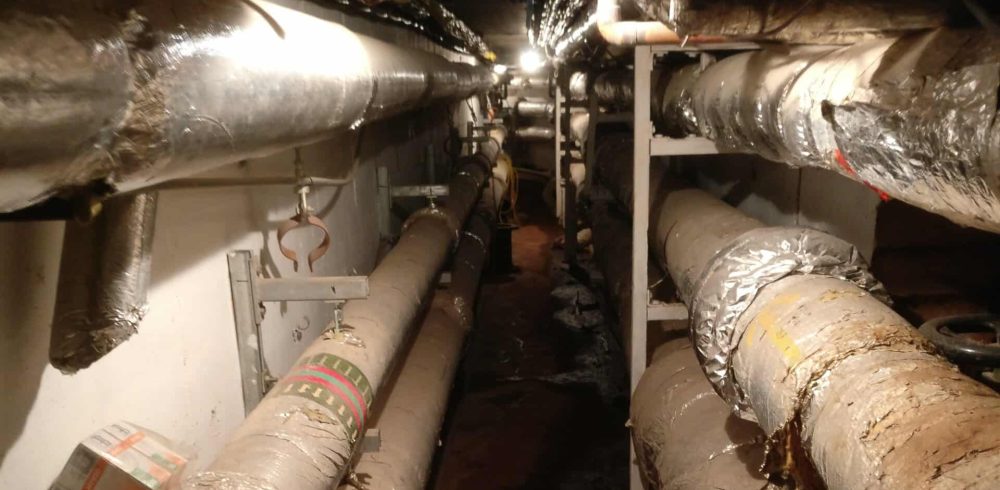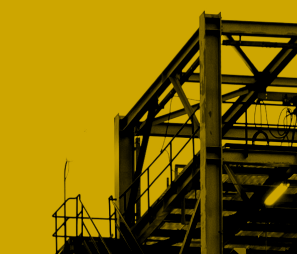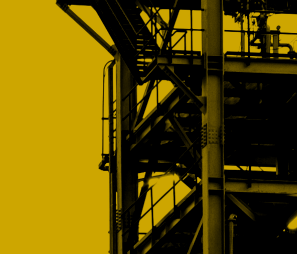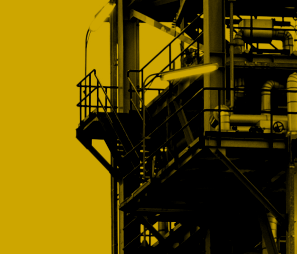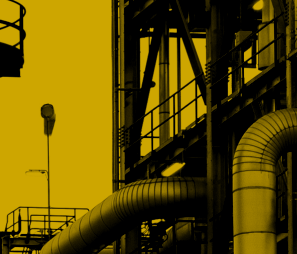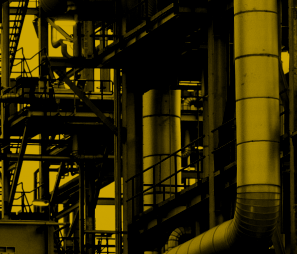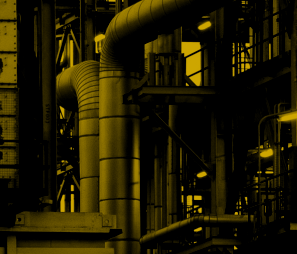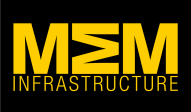This major urban hospital is representative of many UK healthcare sites with several decades of organic growth leading to a mix of systems, sites and infrastructure of varying types and ease of access. The site steam network is extensive, heavily used and sometimes inaccessible with steam and condensate passing through multiple kilometres of underground pipework. This labyrinth of pipework can run between boiler room, different buildings and mini campuses on site. Monitoring and maintaining that infrastructure is vital to the efficient and safe operation of a hospital on which patients rely, but access for manual measurement is hazardous and time-consuming.
Solution summary
DCO has introduced a remotely accessible, self-contained steam trap monitoring solution to ensure that trap performance data is collected round the clock. Manual on-site monitoring is greatly reduced and the need for personnel to routinely check traps in inaccessible and hazardous locations is eliminated. Performance data is analysed in real-time to identify current and historical issues and that analysis is used to schedule maintenance and repair activity in a targeted and resource-efficient manner.
Solution requirements
The site needs to know that the steam system is operating safely and efficiently. Steam traps are vital to that operation, providing for the removal of condensate and non-condensable gases from the steam system. Regular monitoring of their performance is required to ensure that steam traps remain operational, and that neither steam leaks nor “cold” traps are present.
Avoiding leaks in the steam system is important to ensure that the system runs efficiently and effectively. Lost steam represents wasted fuel and money; with many sites still using fossil fuels sources it is also a source of excessive and unnecessary CO2 emissions.
If condensate (steam that has condensed back to liquid water) is not drained correctly from the steam pipework it can impact on equipment operation and lead to water hammer. Excessive condensate building up near steam consuming equipment can prevent it working properly by restricting the supply of steam. Water hammer (condensate being driven at high speed by the flow of steam) and has the potential of seriously damaging pipes and equipment attached to the steam supply. Even at low levels water hammer can be a significant source of long-term reliability problems.
Solution challenges
The physical site is challenging with buildings spread over hilly terrain, an extensive network of tunnels to route energy and services between departments and buildings. Since the tunnel system and steam network were installed several decades ago, they present access challenges with asbestos hazards, high temperatures and already restricted tunnels that are filling up with more pipework and cabling for new services.
Simply accessing the tunnels is a significant challenge where staff need to be trained and qualified in the requirements for working in “Confined Spaces” and equipped with additional personal protective equipment (including breathing apparatus).
Solution overview
DCO has introduced its Steam Trap Monitors to provide a remotely accessible, self-contained steam trap monitoring solution ensuring that trap performance data is collected around the clock.
The site has already invested in the extensive use of venturi orifice traps, particularly in hard to access locations such as drip legs on underground steam distribution pipework. This type of trap has no mechanical (moving) parts and has a long in-service lifetime. They are immune to most of the open trap type failures that mechanical traps can suffer from – but they are still susceptible to failing closed if pipework or strainers/filters become blocked with debris found in the steam system. They can also become overloaded with condensate if a failure in another part of the system leads to excessive condensate load at a trap.
Diagnosing the performance of a non-mechanical steam trap is most frequently undertaken with temperature measurements – either contact measurement, infrared thermometers, or thermal imaging equipment. Temperature based monitoring of these traps works well as a straightforward, easily commissioned solution whose monitoring profile can be aligned with the detailed performance model created for this kind of trap prior to its installation. The DCO steam trap monitor includes contact temperature measurement probes that are installed upstream and downstream of the trap to collect these temperature measurements.
Simplified Installation
Since many of the traps in this installation are found in difficult and inaccessible locations a low maintenance solution is important. The solution achieves this by eliminating the requirements for communications/power cabling installation and for regular battery maintenance.
Each installed monitoring unit has a power harvesting module included that provides a local source of energy derived from high temperature pipework (condensate or steam). These power sources may be constant or intermittent and the monitoring unit adapts to fit available power. Onboard control and analysis software allow the solution to dynamically assess the measurements currently required for each trap failure scenario. The unit can then balance the power demands of different sensors in real-time, while delivering the specific reporting requirements (e.g. duration between reports) configured.
Monitoring techniques
Sensing probes enable the steam and condensate sides of the trap to be monitored. Trap faults are diagnosed through a combination of temperature and ultrasound analysis. Temperature analysis on its own, when readings are frequent and accurate, can be used to diagnose many operational conditions but the combination of temperature and ultrasound introduces maximum certainty and reliability to automated diagnosis.
The steam trap monitoring assesses the temperature on the steam side of the trap and on the condensate side of the trap. Independently, these two measurements provide a useful measure of the performance of the staged orifice trap but combined with a calculation of the temperature delta between them they provide a simple but effective means to determine instantaneous performance and changes in performance over short, medium and long intervals of time.
For a given set of design parameters – steam inlet temperature (and pressure), condensate outlet temperature (and pressure) – the expected temperature profile for the pipework and trap is already calculated by the installer (or manufacturer). Accurate temperature sensing then allows deviations from those figures to be identified and actioned.
Measurements from around the trap are combined with measurements from other parts of the system to ensure that alerts and notifications accurately reflect trap status – upstream monitoring is used to determine steam mainline temperatures while monitoring adjacent to valves and control units provides indications of whether a trap is active or not.
Monitoring enhancements
The monitoring sensors provided by DCO also include environmental monitoring as well as vibration, orientation, and sound sensing capabilities.
Measurement of the environment, particularly temperature and humidity at sufficient accuracy, enables the detection of anomalies in the local environment. Differences in the local environment of each sensing unit, particularly in enclosed environments, can be used to determine the presence of leaks. Variations in measurements between units can be used to localise the probable location of those leaks.
Vibration and ultrasound sensing can be used in conjunction with the other measured data to gain greater insight into trap operation. The use of ultrasound to assess the performance and functioning of mechanical traps is a well understood technique, and DCO’s use of it in remote monitoring is explored further in our technology explainers and other case studies.
Solution benefits
Manual on-site monitoring is greatly reduced and the need for personnel to routinely check traps in inaccessible and hazardous locations is eliminated. Performance data is analysed in real-time to identify current and historical issues and that analysis is used to schedule maintenance and repair activity in a targeted resource-efficient manner.
Ensuring safety
Manual surveys are complex and time consuming to undertake in locations with difficult to access pipework and underground tunnels. Where access is difficult manual surveys are rarely scheduled as often as elsewhere – this means failed shut traps are more likely to be missed for longer periods. With continuous monitoring they will not be – failed traps are rapidly and clearly identified. In addition, traps that are in the process of failing can be analysed and their remaining operating lifetime determined, allowing maintenance in this difficult environment to optimised and hazardous working time reduced.
